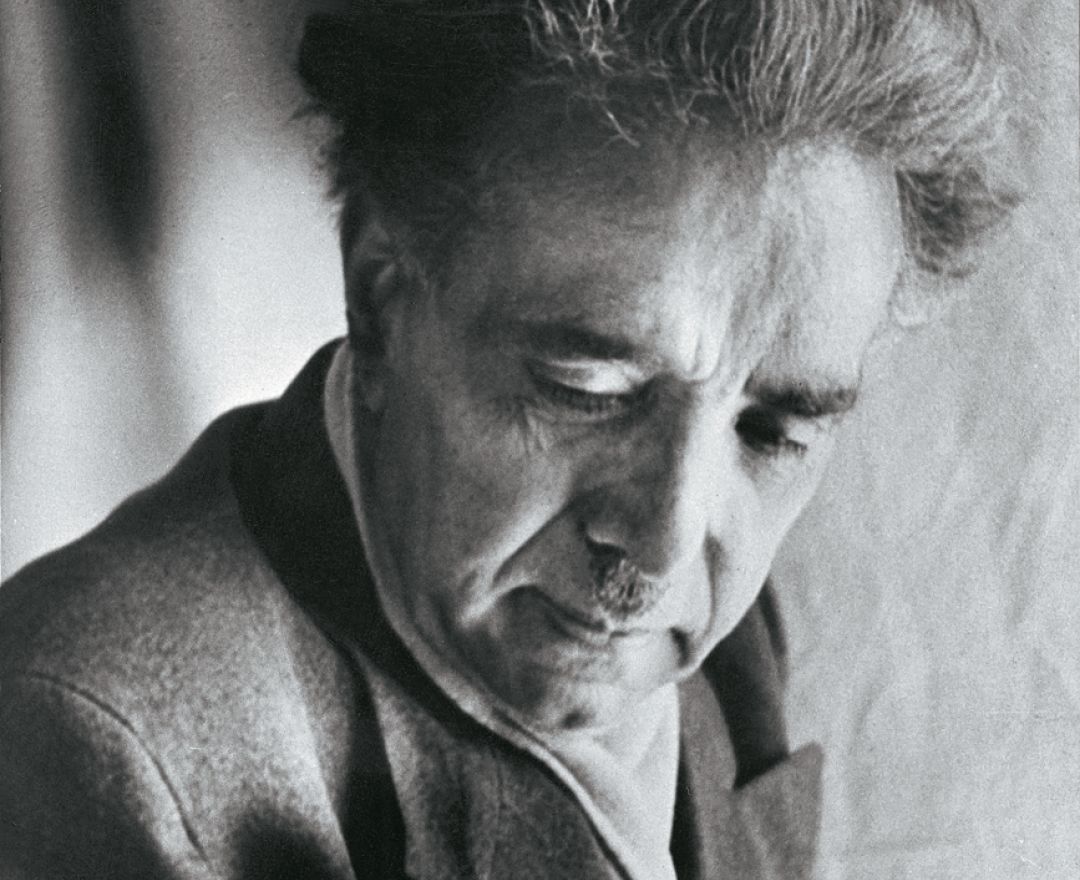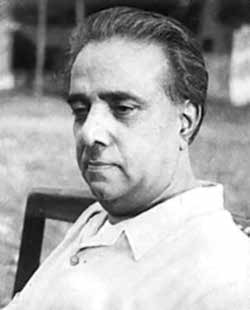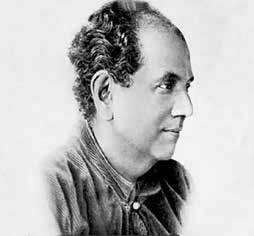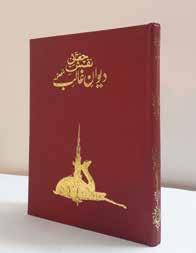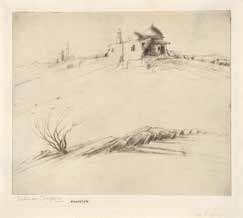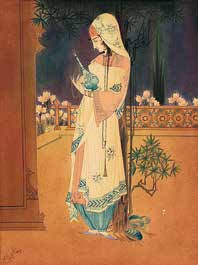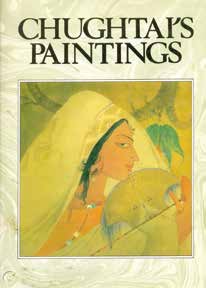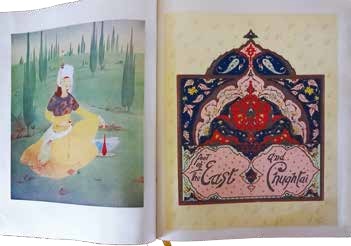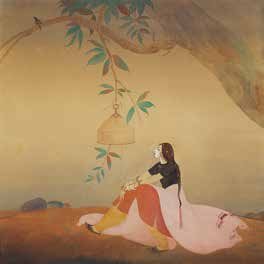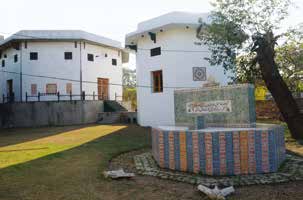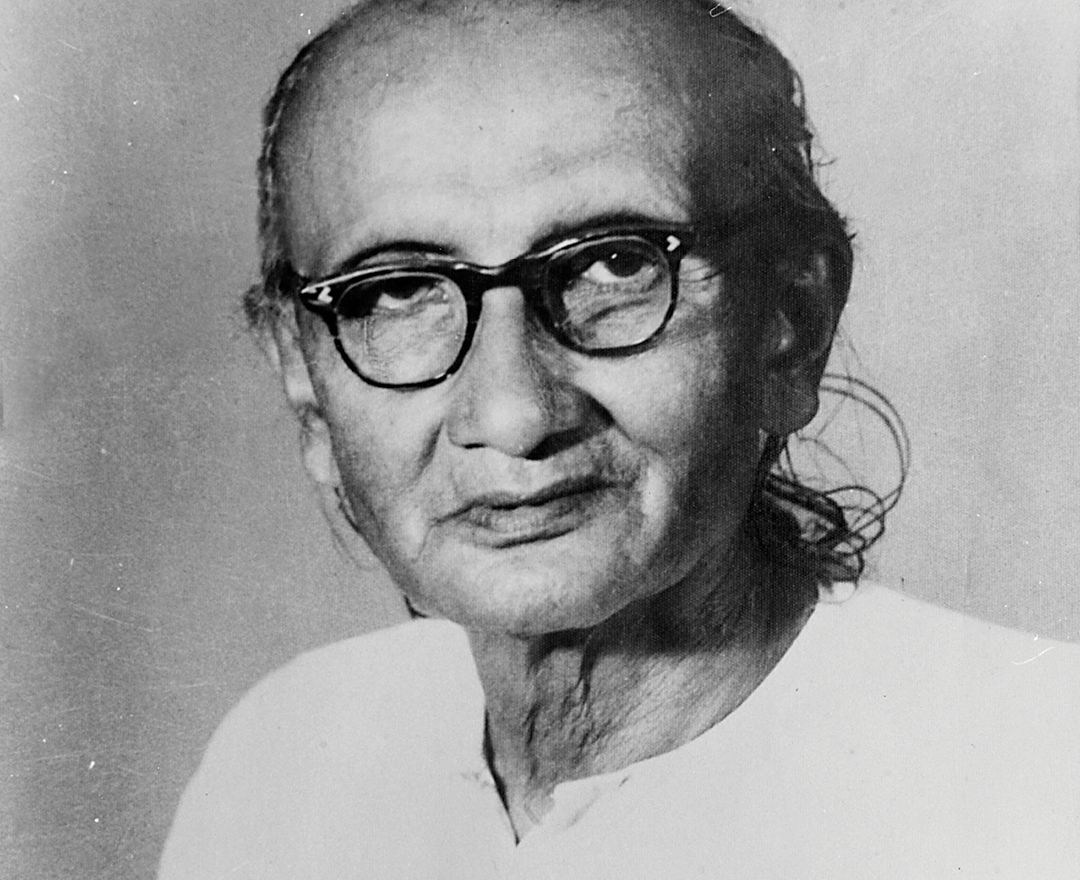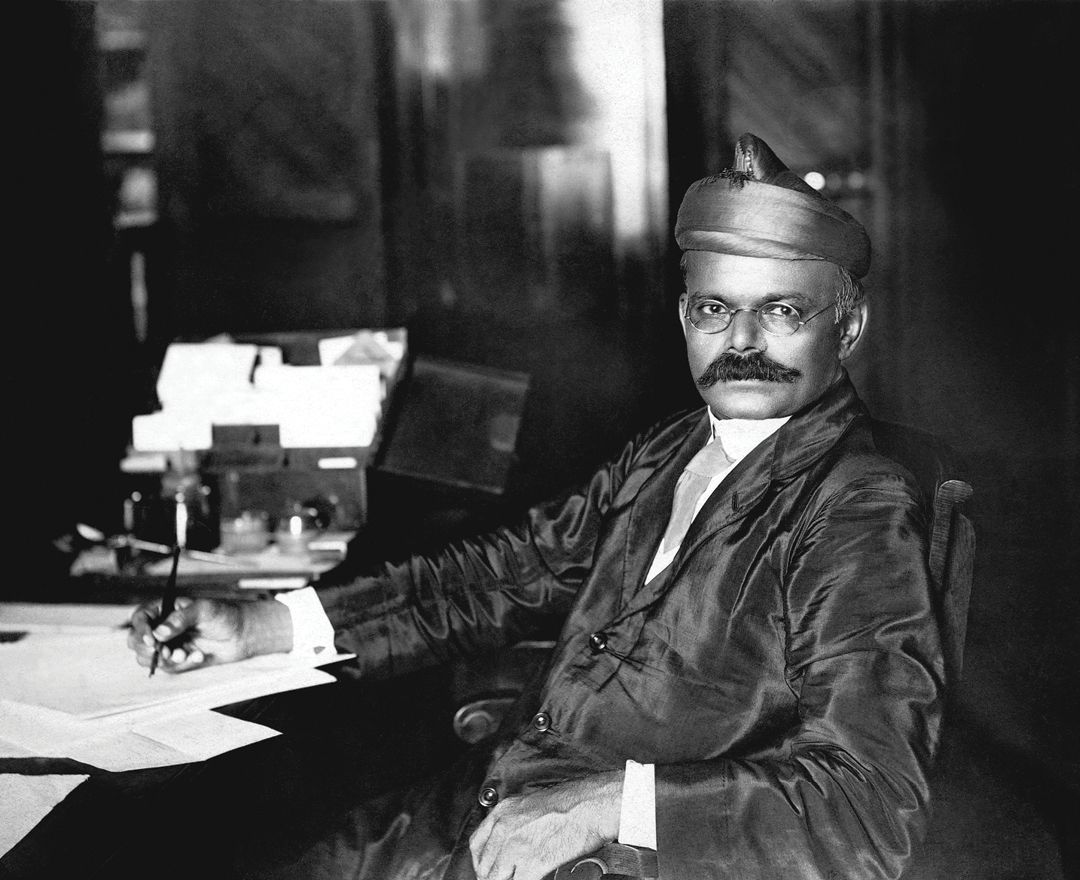M. A. R. Chughtai
M. A. R. Chughtai
M. A. R. Chughtai
|
1897 - 1975 M. A. R. Chughtai |

‘Posterity will remember him as the greatest exponent of the spirit of Indian art in modern age’
S. KASHMIRA SINGH
artist timeline
artworks
dag exhibitions
|
The ‘Manifestations’ series of 20th Century Indian Art, Editions VI, X |
|
DAG, New Delhi, 2011-14 |
|
'The Art of Bengal' |
|
DAG, New Delhi, 2012; Mumbai, 2014; New York 2016-17 |
|
'Home: is a Place: Interiority in Indian Art' |
|
DAG, New Delhi, 2021 |
|
'Iconic: Masterpieces of Indian Modern Art' |
|
DAG, Mumbai, 2022 |
notable collections
|
National Gallery of Modern Art, New Delhi |
|
Chughtai Museum Trust, Lahore |
|
National Art Gallery, Islamabad |
|
President’s House, Islamabad |
|
Governor’s House, Lahore and Karachi |
|
President’s House, Bonn |
|
Queen Juliana’s Palace, the Hague |
|
The Peace Palace, the Hague |
|
Victoria and Albert Museum, London |
|
British Museum, London |
|
United Nations Headquarters, New York |
|
U. S. State Department, Washington, D. C. |
|
Kennedy Memorial, Boston |



